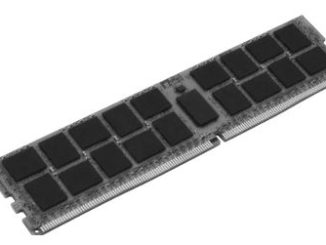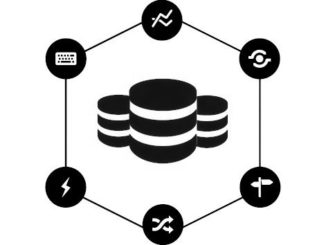
MIT Research Pushes Latency Limits with Distributed Flash
We are hitting the limits of what can be crammed into DRAM in a number of application areas. …

We are hitting the limits of what can be crammed into DRAM in a number of application areas. …

Some technology trends get their start among enterprises, some from hyperscalers or HPC organizations. …

Converged systems are a hot commodity in the IT sector these days. …

Building high performance systems at the bleeding edge hardware-wise without considering the way data actually moves through such a system is too common—and woefully so, given the fact that understanding and articulating an application’s requirements can lead to dramatic I/O improvements. …

Compute is by far still the largest part of the hardware budget at most IT organizations, and even with the advance of technology, which allows more compute, memory, storage, and I/O to be crammed into a server node, we still seem to always want more. …

While legacy monolithic applications will linger in virtual machines for an incredibly long time in the datacenter, new scale-out applications run best on new architectures. …

Training a machine learning algorithm to accurately solve complex problems requires large amounts of data. …

There is no question that the memory hierarchy in systems is being busted wide open and that new persistent memory technology that can be byte addressable like DRAM or block addressable like storage are going to radically change the architecture of machines and the software that runs on them. …

The ubiquity of the Xeon server has been a boon for datacenters and makers of IT products alike, creating an ever more powerful on which to build compute, storage, and now networking or a mix of the three all in the same box. …

Over the last year, we have focused on the role burst buffer technology might play in bolstering the I/O capabilities on some of the world’s largest machines and have focused on use cases ranging from the initial target to more application-centric goals. …
All Content Copyright The Next Platform